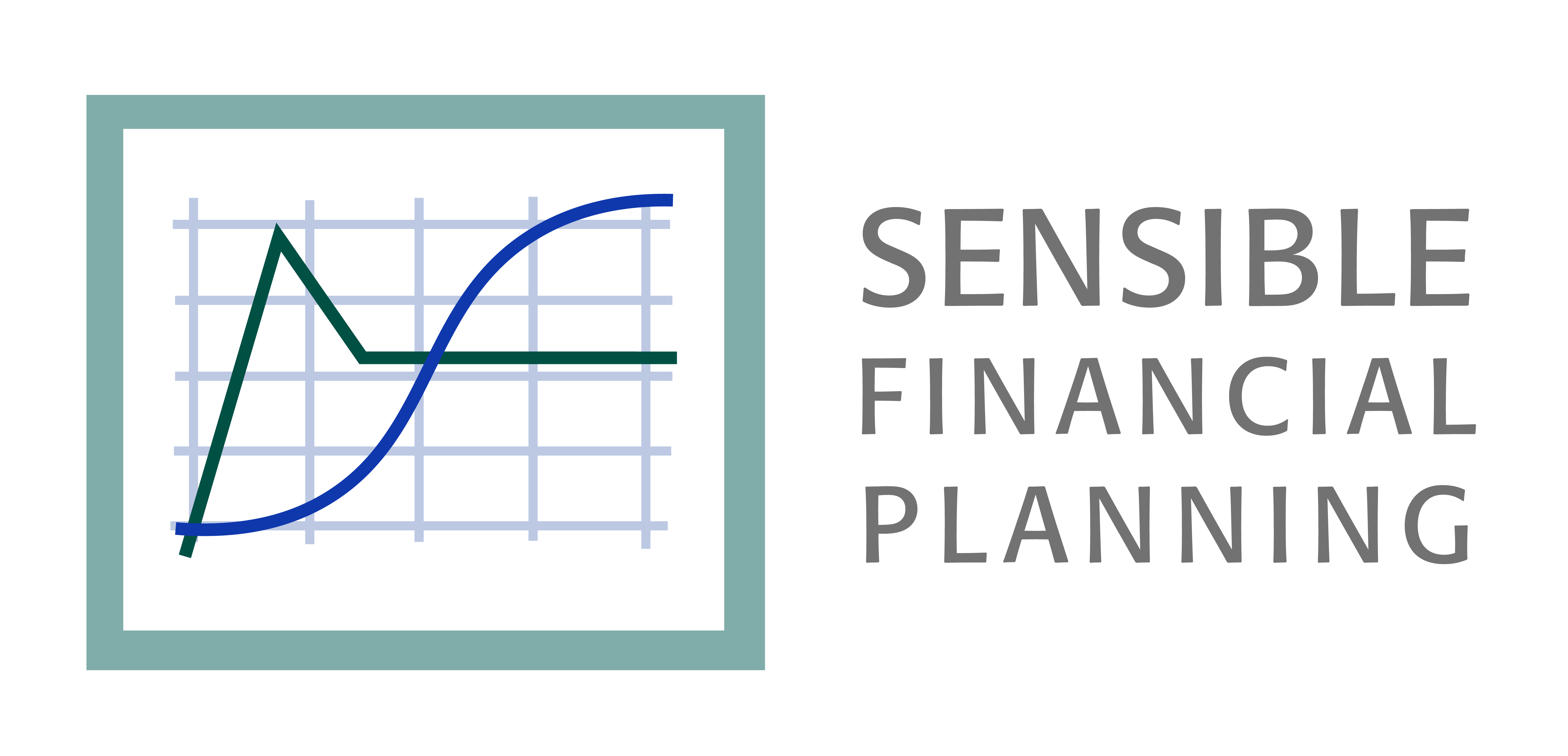Footer
About Us
Locations
Massachusetts
203 Crescent Street, Suite 404
Waltham, MA 02453
Phone: (781) 642-0890
Fax: (781) 810-4830
California
600 B Street, Suite 300
San Diego, CA 92101
Phone: (619) 573-4131
by
admin
Massachusetts
203 Crescent Street, Suite 404
Waltham, MA 02453
Phone: (781) 642-0890
Fax: (781) 810-4830
California
600 B Street, Suite 300
San Diego, CA 92101
Phone: (619) 573-4131
